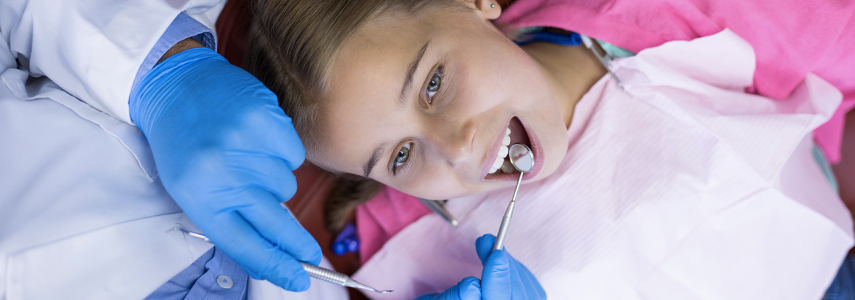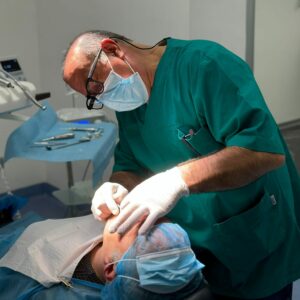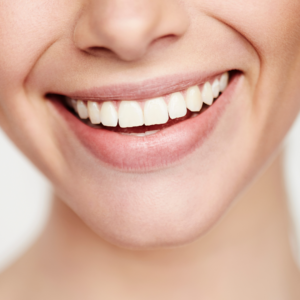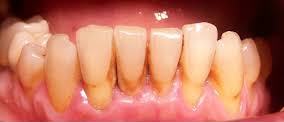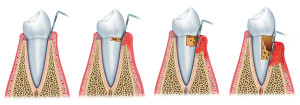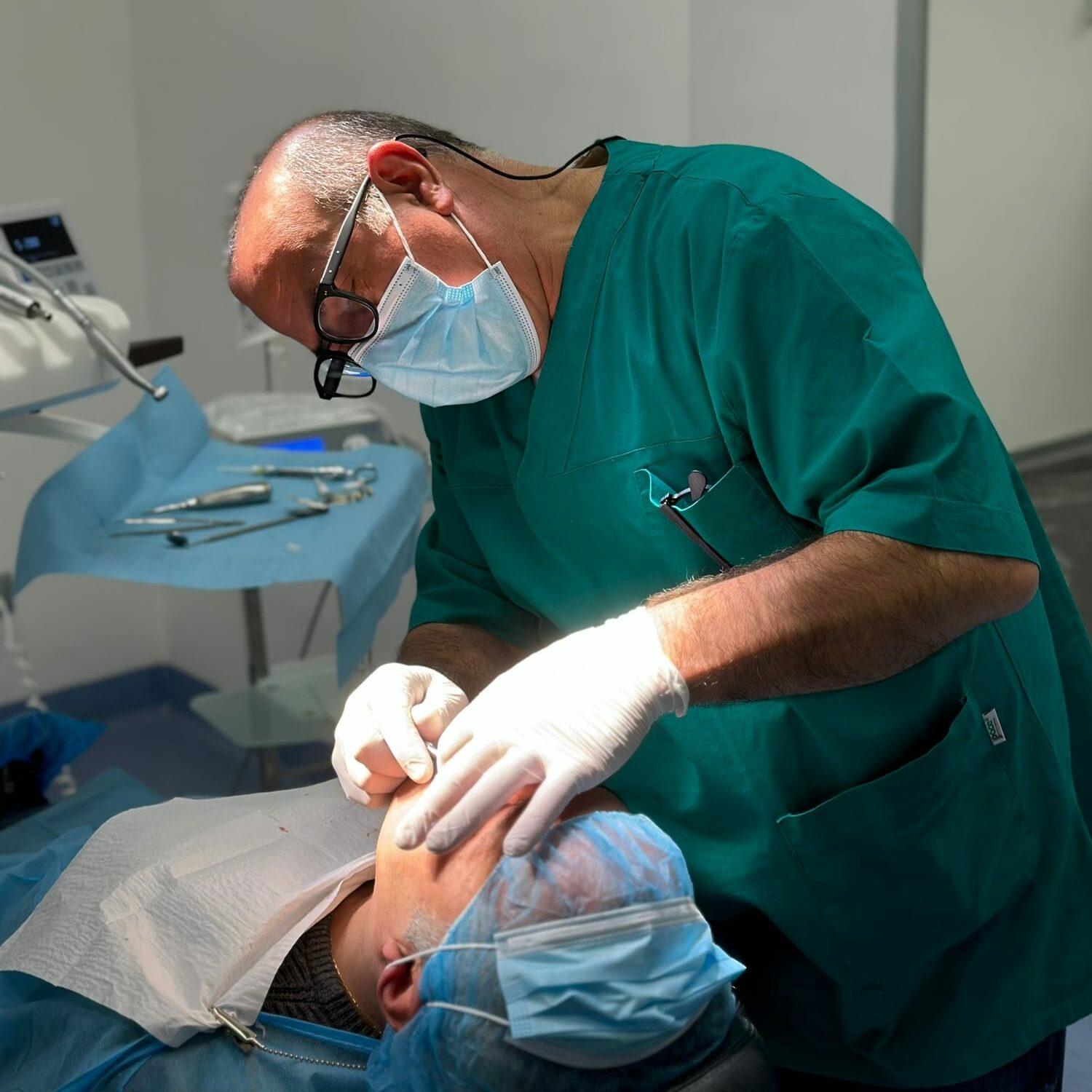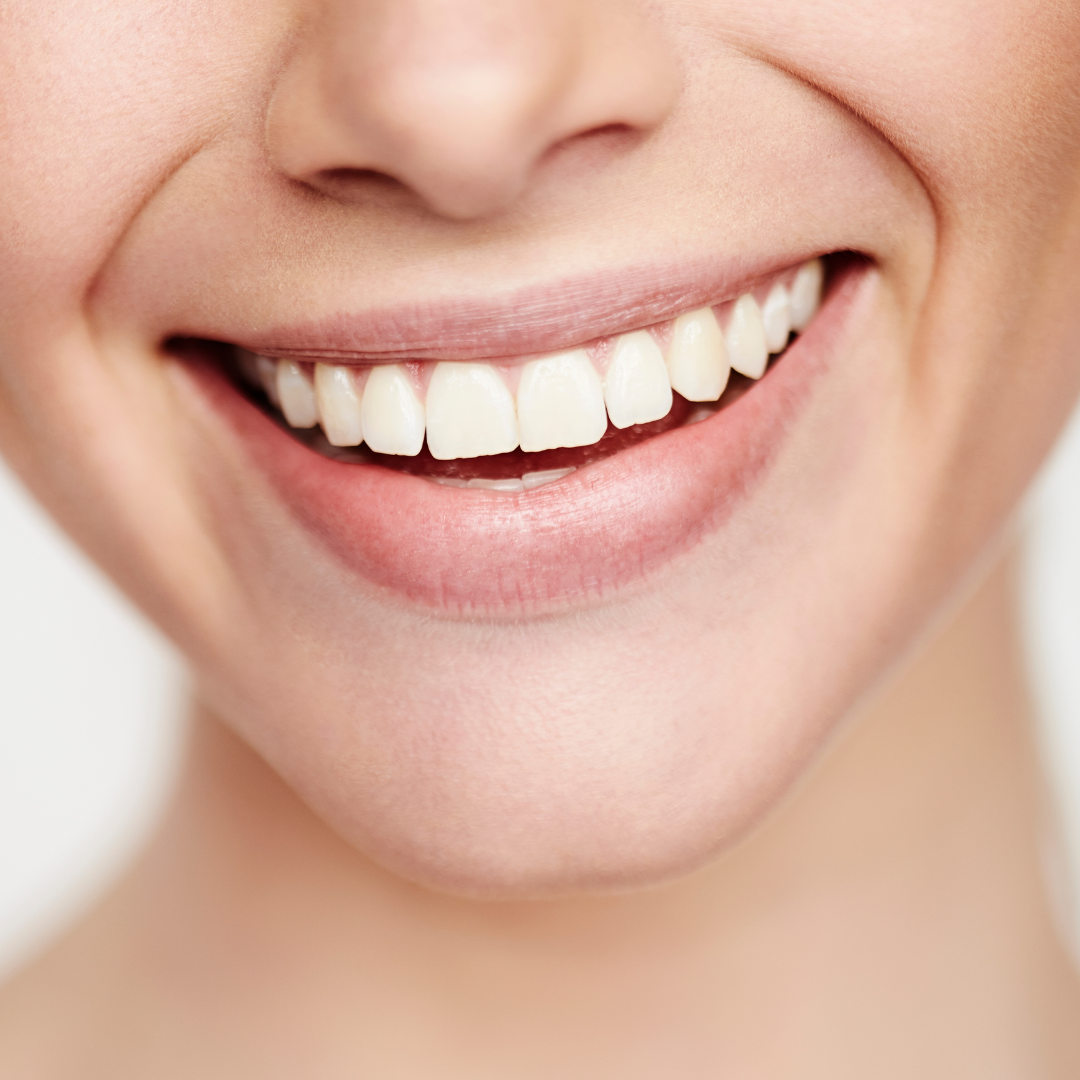Sleep disturbances and in particular respiratory disturbances generate episodes of hypoapnea and / or sleep apnea during the night. This type of episode also occurs frequently in children.
Sleep disturbances and malocclusion
Disturbed sleep and the presence of prolonged apneas can cause some alterations in the neurological, metabolic and even cardiovascular systems in the medium to long term.

27% of the world population of children between the ages of 3 and 6 have symptoms of sleep breathing disorders and of these 4% have obstructive sleep apnea syndrome, a more severe form of sleep disorders.
One of the risk factors in the onset of sleep disturbances in children is malocclusion, i.e. the misalignment between the lower and upper arches.
Appropriate orthodontic therapy could bring benefits not only in correcting malocclusion, but also with respect to the symptoms of sleep breathing disorders.
Orthodontic treatment and sleep breathing disorders
During the XXXI National Congress of the Italian Society of Preventive and Social Pediatrics, the results of a pilot study conducted at the UDS of Pediatric Odontostomatology of the ASST Santi Paolo e Carlo in Milan, in collaboration with the Regional Center for Epilepsy and Sleep Medicine, were presented. same hospital.
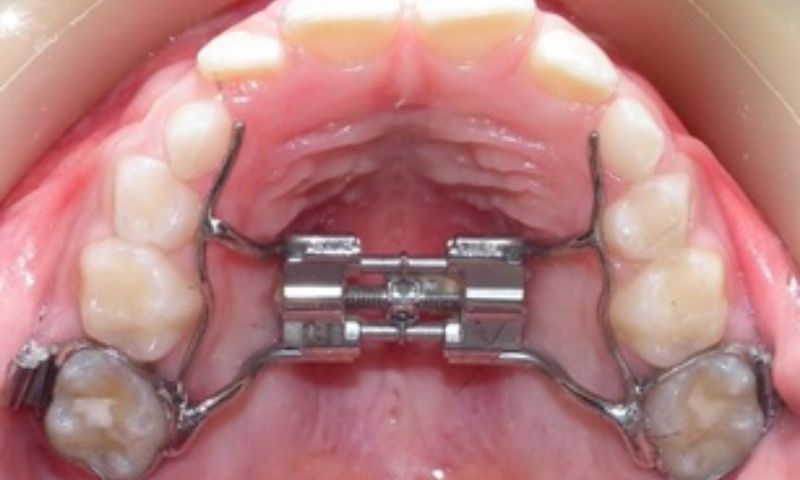
The study involved 10 patients, aged between 3 and 7 years, who had both symptoms of sleep-disordered breathing and malocclusion. The patients then underwent orthodontic treatment and orofacial therapy.
All patients already in the monitoring 6 months after orthodontic therapy showed a drastic reduction of symptoms from sleep breathing disorders. One year after orthodontic therapy, some of them have completely solved the problem of sleep apnea.
Conclusions
The study confirmed what is a rather corroborated hypothesis in the dental field: the dental approach or rather orthodontic therapies can be effective solutions in improving and treating the symptoms of sleep-disordered breathing in children.
Consideration that highlights how important a multidisciplinary approach is in pathologies, especially those in the pediatric age.




